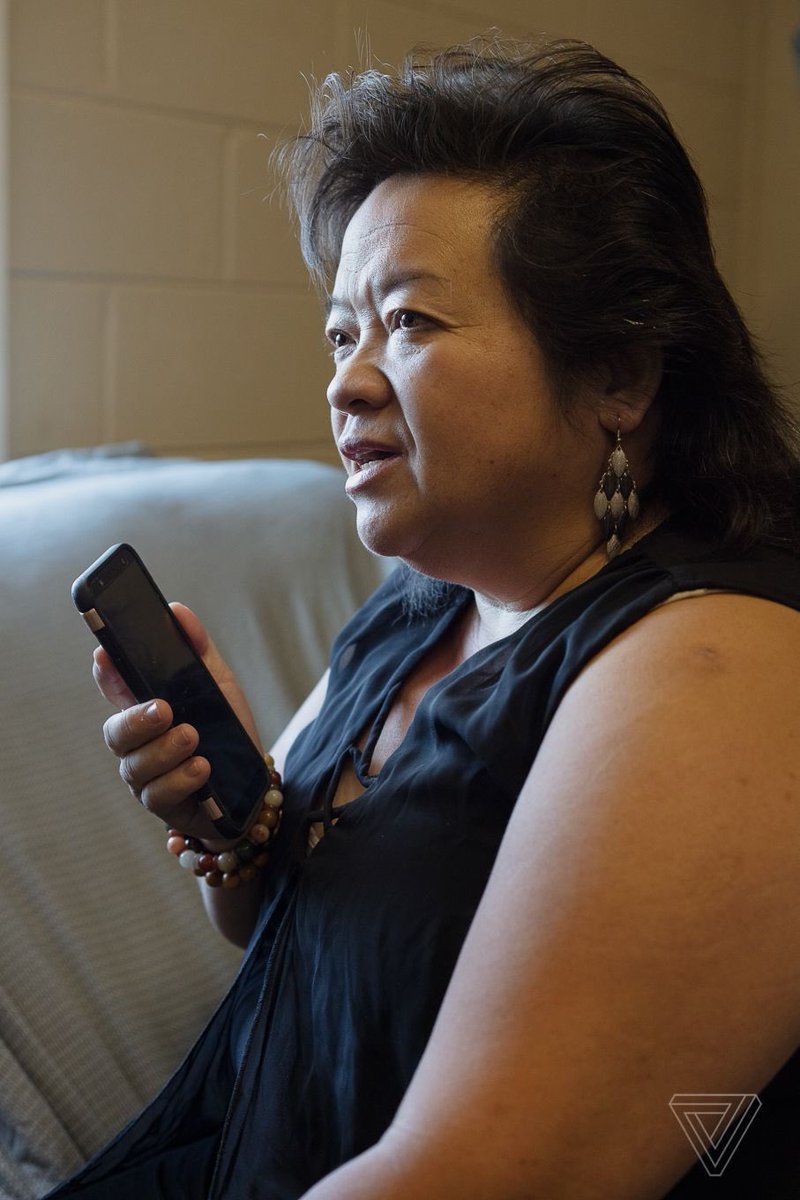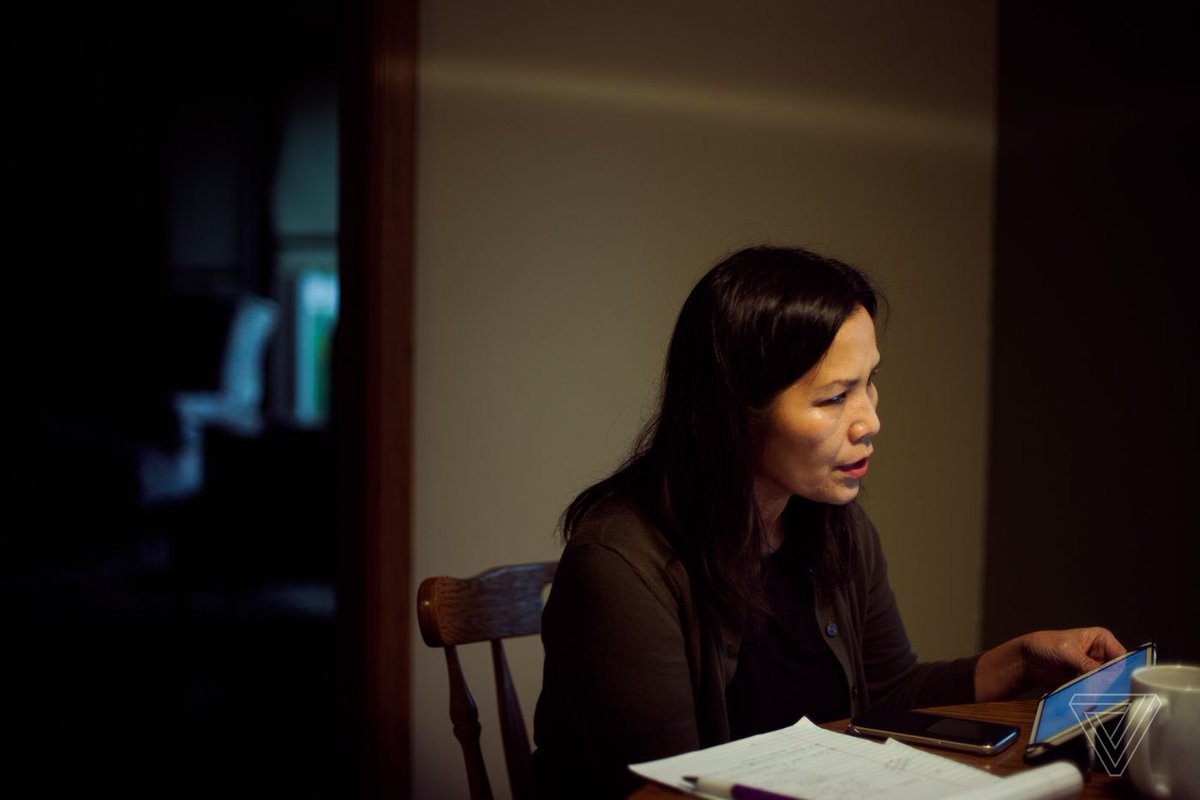Thread!
conference call lines are the least personal mode of communication (like, does anyone enjoy them??).
but for YEARS, Hmong folks have been running and participating in their own “radio shows” on the lines. Thousands of callers can be on at once https://www.theverge.com/2019/11/22/20975911/hmong-radio-conference-line-diaspora-america-phone-djs">https://www.theverge.com/2019/11/2...
conference call lines are the least personal mode of communication (like, does anyone enjoy them??).
but for YEARS, Hmong folks have been running and participating in their own “radio shows” on the lines. Thousands of callers can be on at once https://www.theverge.com/2019/11/22/20975911/hmong-radio-conference-line-diaspora-america-phone-djs">https://www.theverge.com/2019/11/2...
some history: the Hmong people are a southeast asian ethnic group with origins in mostly laos, vietnam and thailand. during the “Secret War” in the 70s, Hmong Lao people fought communism alongside US military. an est. 1/4 of all Hmong boys and men died https://www.mnhs.org/hmong/hmong-timeline">https://www.mnhs.org/hmong/hmo...
most Hmong refugees that came to the US settled in Minnesota, Wisconsin & California, but the community is still small & scattered — there are under 300,000 Hmong Americans. written language is also relatively new to the Hmong: only since the 1950s. this is where radio comes in.
in the mid-late 2000s, when cell phone companies started offering unlimited call plans, word was spreading in Hmong communities about radio shows entirely in Hmong, running 24/7. you just had to call a number to be connected. and it was free.
i first learned about these shows while i was studying news deserts in Wisconsin at @wisconsinwatch. i wanted to know how Hmong Wisconsinites got their news, and a source mentioned “the conference radio.” i was like, ????? what???? but it makes so much sense.
now there are dozens, maybe even hundreds of these lines. here’s how they work: a person or a group acquire a conference call line and set it up, with a welcome message and some info about their show. they then schedule “DJs” throughout the day with specific programming.
anyone with the number can call in, but a key part of the shows is that callers can *respond* to the host. they push a number indicating they have thoughts, and the host goes through and unmutes lines in order. imagine doing this with 500 people on the line!!!
the topics are often subversive. they talk about taboo topics like love and relationships, discuss politics within the community, and so on. but there is also storytelling, singing of Hmong folk songs, cooking tutorials and so much more.
another thing: many shows and host or owner by women, rare in ANY media form/industry. here are two hosts I spoke to for the story: Miss Lee (left) and Mee Vang (right, recently quit). they consider their work to be community service — a way to give back to the Hmong community.
Hmong radio shows aren’t being saved. there is no directory of lines, contact info for hosts, etc. there are important efforts underway at @UWMadison by Prof. Lori Kido Lopez to study and take samples of the programs. her research in Asian American media is imp. to this story.
this is getting long and i’d rather you just read the story because it is an incredible picture of an immigrant community creating their own resources. it’s about what happens after immigration & how we stay connected to our culture. https://www.theverge.com/2019/11/22/20975911/hmong-radio-conference-line-diaspora-america-phone-djs">https://www.theverge.com/2019/11/2...
I reported and wrote this piece for @verge. my editor is the wonderful @knguyen. @maiahibbett fact-checked me. the beautiful photos are by Annabelle Marcovici and Phyllis B Dooney.
Also! i am very interested in doing more stories like this, especially around Asian (American) topics. i want to tell disaggregated, specific stories about all of our communities. my DMs are open if you have story tips, etc. !!
ALSO ALSO we made a whole podcast episode where you can hear the lines in action. Andrew Marino at @verge made the sick beats and pulled it all together for us. https://podcasts.apple.com/us/podcast/pirate-radio-dial-up/id430333725?i=1000457538667">https://podcasts.apple.com/us/podcas...

 Read on Twitter
Read on Twitter



